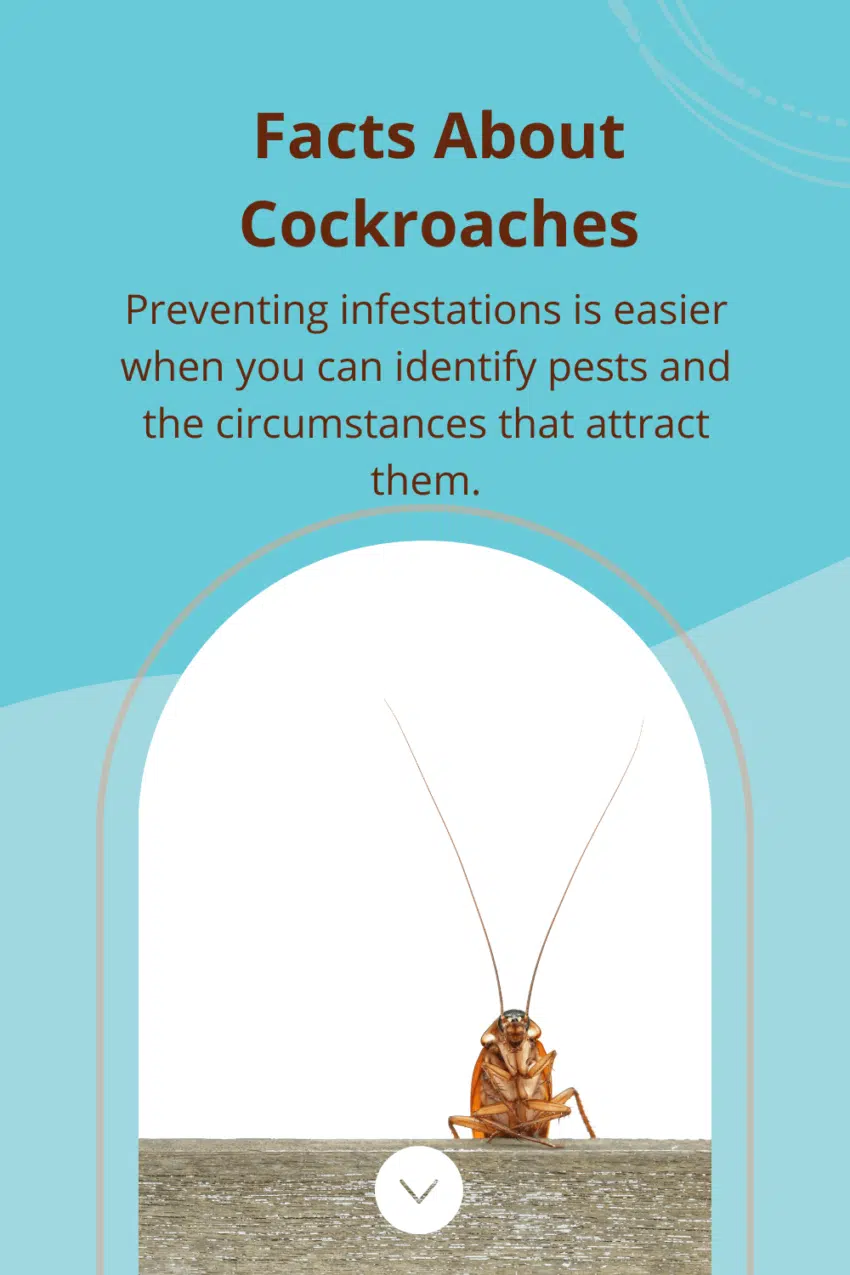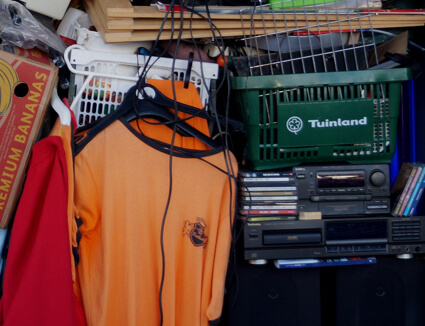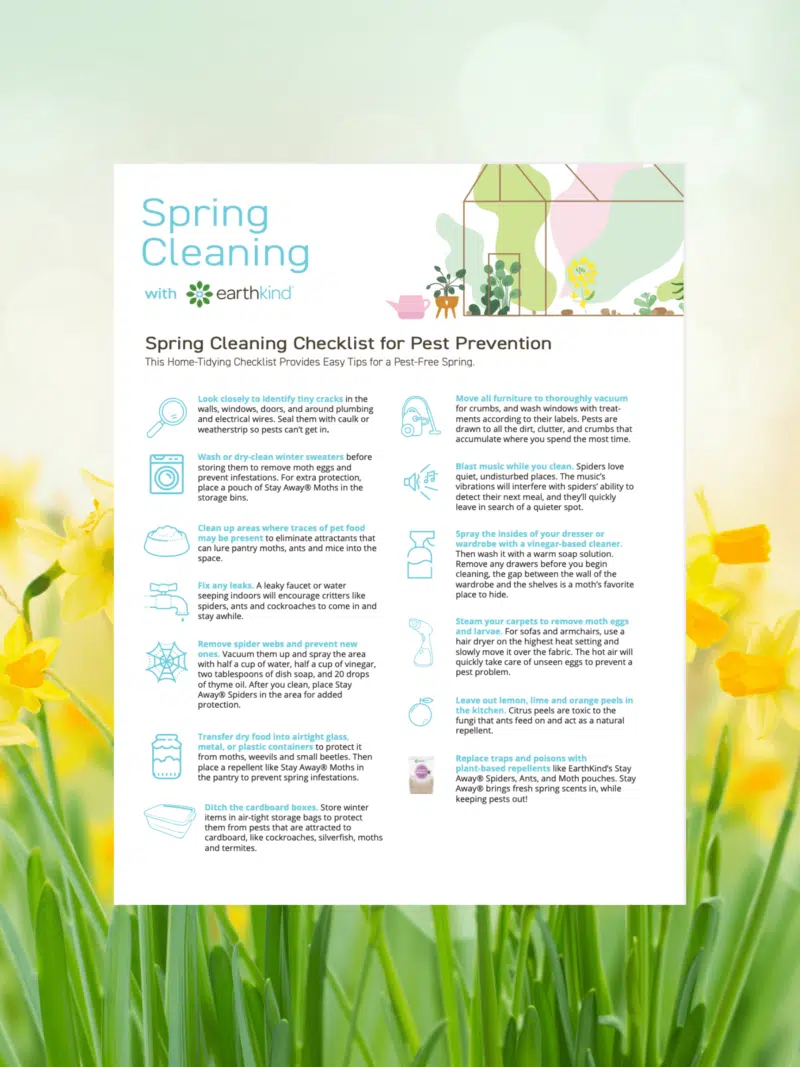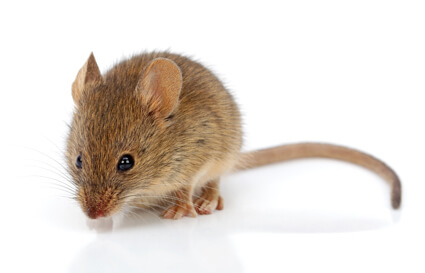
Facts About Cockroaches
May 10, 2022

Cockroaches are universally dreaded, but most people know very little about these insects. Ignorance is not bliss; preventing infestations can be surprisingly difficult when you struggle to identify these pests or the circumstances that attract them. Unfortunately, once you spot one, you can rest assured that others are lurking. A decidedly prolific pest, cockroaches come […]















 day
day